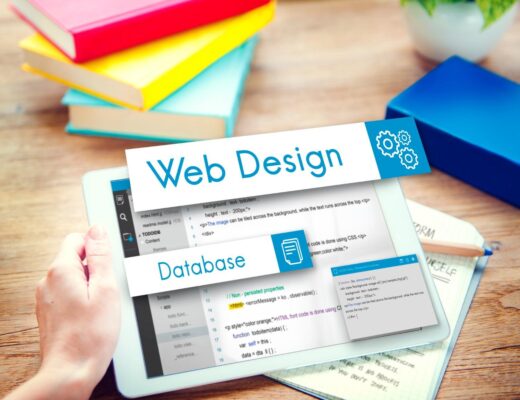Advantages and disadvantages of Static and Dynamic websites
There are two types of websites; Dynamic websites and static websites.
Merits of Static websites
This type of website is flexible;
Each web page can be different because there is no limitation of specific template layouts.
Any special effects can be put on different pages.
Initial cost is friendly.
Static websites are very efficient for small businesses.
They are easy and quick to develop.
Demerits of Static Websites
It requires web development expertise to update content or create a new page on the website– one must be conversant with HTML and the design methods used.
Ongoing and update costs are high.
It requires a lot of effort and time if you want to integrate stuff such as: shopping cart – in which you have to create individual pages for each product.
Content may become stagnant for long because it needs much effort to update content from the source code.
Dynamic Websites
Merits of Dynamic websites
Dynamic websites are normally connected to databases and this enables you to add content in an organized and structured manner
The ability to connect to a database means that you can create a content management system (CMS). Moreover, when using a CMS you can easily add and manage data via the administration panels.
More functional and easy to update content; new content always brings back people to the website thus generates traffic.
Pages, categories, images, slideshow and descriptions can be added through the control panel.
There are little or no ongoing costs, unless there is demand for a different design or integration of a new component/extension.
Dynamic websites can work as a system to allow staff to team up.
Demerits of Dynamic Websites
In dynamic websites, the designs are fixed as compared to static websites; due to use of themes and templates.
The layout for all the pages is normally the same because content is normally added to create multiple similar pages.
Even with customization capabilities, it is difficult to change the layout of only one particular page without affecting the other web pages.
Moreover, high initial costs may be incurred due to complexity in developing.
Creating a dynamic website requires a lot of time.
Increase in functionality may lead to additional costs during development and hosting.
Discover more from Intela Designs
Subscribe to get the latest posts sent to your email.



